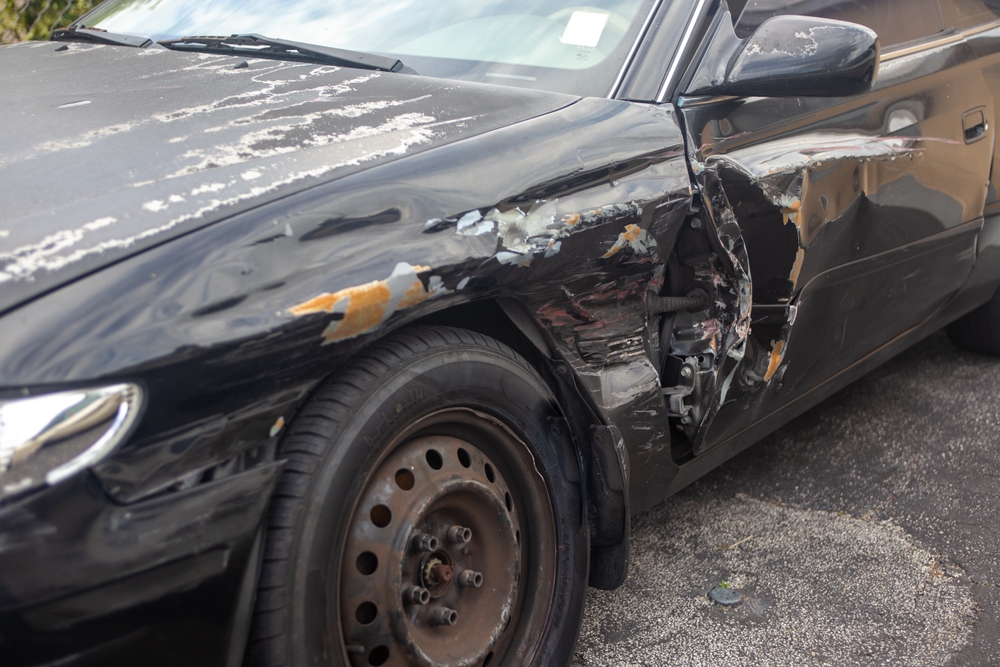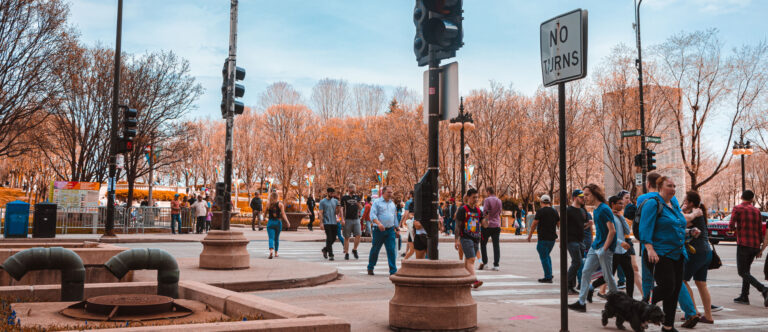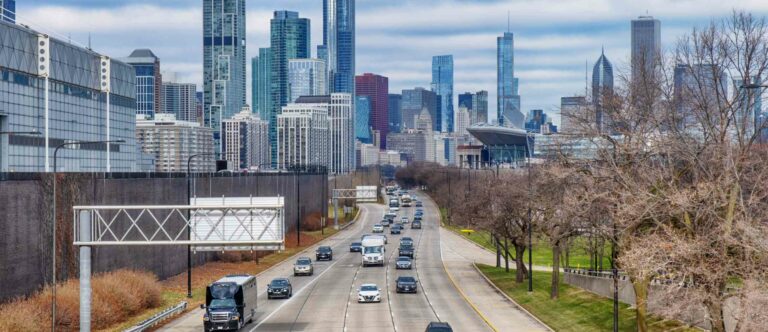You’re cruising along, maybe jamming to some tunes, maybe just zoning out on the commute. Suddenly, there’s a jolt, a screech, the sickening scrape of metal on metal. Another car has just gotten way too friendly with the side of yours. That’s the sideswipe collision – an accident that seems straightforward but packs a surprising amount of potential trouble.
It might feel minor at first glance, just a scratch or a dent. But these incidents frequently lead to debates about who’s responsible, unexpected injuries, and frustrating battles with insurance companies. Determining fault isn’t always simple, and the consequences can be more serious than they appear.
If a sideswipe accident has disrupted your life, getting clarity on your rights and car accident lawyer options is step one. Call Walner Law at (312) 410-8496 to figure out your next move.
What Exactly Constitutes a Sideswipe?
Let’s get clear on what we’re talking about. A sideswipe collision happens when the sides of two vehicles moving in the same or opposite directions make contact. Think parallel parking gone wrong, a clumsy lane change, or someone drifting over the center line on a narrow road.
Common scenarios include:
- The Merge Mishap: Someone tries merging onto a highway or into a lane without properly checking their blind spot or yielding to existing traffic.
- The Lane Change Oops: A driver decides to switch lanes without signaling or ensuring the coast is clear, clipping the side of a car already occupying that space.
- Drifting Danger: Fatigue, distraction (hello, smartphone), or impairment causes a driver to wander out of their designated lane.
- Narrow Squeeze: On tight streets or roads without clear lane markings, vehicles traveling in opposite directions might brush against each other.
- Parked Car Problems: Misjudging distance while pulling into or out of a spot, or while driving past parked vehicles, can lead to a sideswipe.
While sometimes these result in only cosmetic damage, they also have the potential to trigger more severe outcomes, like causing one driver to lose control and spin into other traffic or off the road entirely.
More Than Just a Scratch: Why Sideswipes Get Complicated
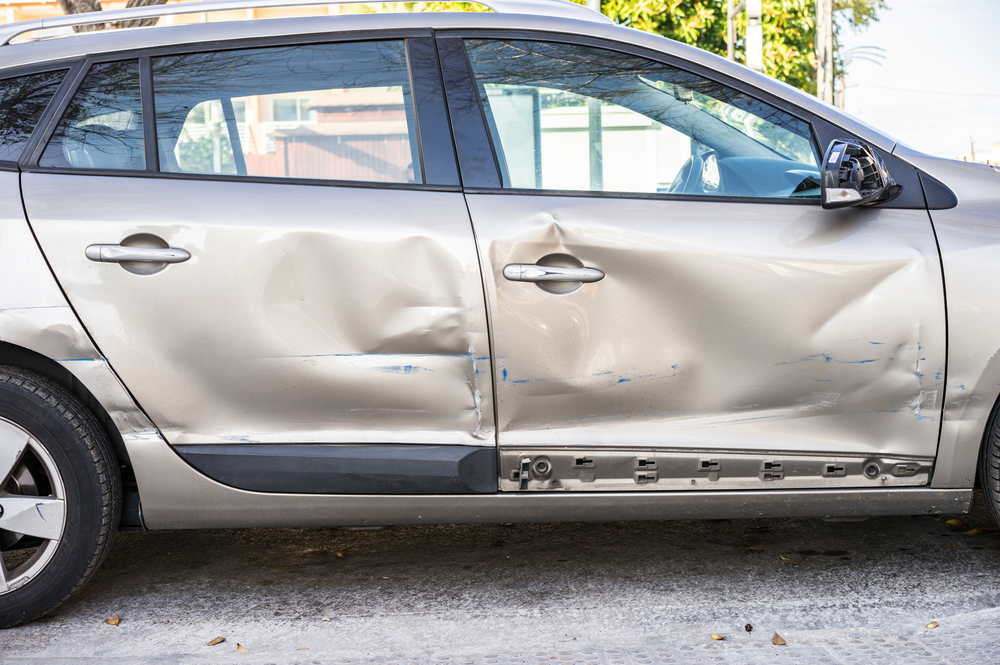
It’s tempting to brush off a sideswipe as a minor annoyance, maybe just an insurance hassle for paint repair. That can be a mistake. The impact, even if it doesn’t feel massive, can jolt occupants violently side-to-side. This unexpected lateral movement is something our bodies aren’t well-braced for.
Furthermore, the initial scrape can be just the beginning. A sideswipe might:
- Cause a Loss of Control: The impact can startle a driver or damage a tire or steering component, leading to swerving, spinning, or leaving the roadway.
- Trigger Chain Reactions: Especially in heavy traffic, a sideswiped vehicle losing control can easily collide with other cars, turning a two-car incident into a multi-vehicle pileup.
- Hide Underlying Damage: What looks like a simple dent on the outside could conceal damage to the frame, suspension, or alignment, compromising the vehicle’s safety and performance.
Don’t underestimate the potential force involved, even at lower speeds. The angle and dynamics of a sideswipe can create significant problems. According to data from the Illinois Department of Transportation (IDOT), Illinois saw over 35,000 same-direction sideswipe collisions and over 3,000 opposite-direction sideswipes in one recent year. While not always resulting in severe injuries, these numbers highlight how common this type of crash is.
The Blame Game: Figuring Out Fault in Illinois Sideswipes
Okay, so a sideswipe happened. Now comes the question: who pays? Illinois law holds the key, specifically the concept of “modified comparative negligence,” codified in 735 ILCS 5/2-1116.
Here’s the deal:
- You can recover damages (money for injuries, property damage, etc.) only if your share of the fault for the accident is 50% or less.
- If you are found partially at fault (say, 20%), your total compensation will be reduced by that percentage. So, if your damages were $10,000, you’d receive $8,000.
- If you are found to be more than 50% at fault (51% or higher), you recover nothing from the other party under Illinois law.
So, how is fault determined in a sideswipe? It often boils down to who violated traffic laws. Some common culprits include:
- Improper Lane Change: This is a big one. Illinois law (625 ILCS 5/11-709(a)) states that a vehicle must be driven “as nearly as practicable entirely within a single lane and shall not be moved from such lane until the driver has first ascertained that such movement can be made with safety.” Failing to check blind spots, not signaling, or cutting someone off during a lane change points strongly toward fault.
- Failure to Yield While Merging: Drivers entering a lane of traffic (like merging onto a highway) generally must yield to vehicles already in that lane (625 ILCS 5/11-905). Merging unsafely is a frequent cause of sideswipes.
- Drifting Out of Lane: Whether due to distraction, drowsiness, impairment (drugs or alcohol), or simply not paying attention, allowing your vehicle to cross lane lines without intending to change lanes safely is negligent. Chicago has specific ordinances against distracted driving, like using handheld devices, which can contribute to these situations.
- Aggressive or Reckless Driving: Speeding, weaving through traffic, or intentionally crowding another vehicle increases the risk of sideswipes and points to negligent behavior.
- Driving Under the Influence (DUI): Impairment severely affects judgment and coordination, making lane discipline difficult and unsafe lane changes more likely.
- Ignoring Traffic Control Devices: Official signs or signals might prohibit lane changes in certain areas (625 ILCS 5/11-709(d)). Ignoring these directives contributes to fault.
Evidence is Key: Proving fault isn’t just about saying “they hit me.” You need evidence. This might include:
- Police Report: While not always conclusive on fault, it documents the scene, conditions, vehicle positions, and any citations issued. Improper lane usage tickets (625 ILCS 5/11-709) are common in sideswipe accidents.
- Witness Statements: Independent accounts can corroborate your version of events.
- Photos/Videos: Dashcam footage, surveillance video from nearby businesses, or photos taken immediately after the crash showing vehicle positions and damage can be powerful.
- Vehicle Damage: The location and nature of the damage on both cars can help accident reconstructionists determine the angle and direction of impact.
In some tricky situations, like when both drivers claim the other person drifted or changed lanes improperly, or if both tried to merge into the same lane simultaneously, liability might be shared. This is where that comparative negligence rule really comes into play.
Hidden Injuries and Damage
You might walk away from a sideswipe feeling okay, maybe a little shaken, but seemingly unharmed. Your car might just have a long scratch down the side. Don’t be too quick to dismiss it. The forces involved can cause injuries that aren’t immediately obvious, and vehicle damage can be more than skin deep.
Potential Injuries:
- Whiplash and Soft Tissue Injuries: The sideways snap can strain muscles, ligaments, and tendons in the neck, shoulders, and back. Pain and stiffness might take hours or even days to fully appear.
- Head Injuries/Concussions: Hitting your head on the window, door frame, or even just the rapid side-to-side motion can cause concussions or other traumatic brain injuries (TBIs). Symptoms like headache, dizziness, confusion, or memory issues demand medical evaluation.
- Shoulder, Arm, and Rib Injuries: Impact to the side of the vehicle can directly injure the shoulder, arm, or ribs of occupants on that side, potentially causing fractures or severe bruising.
- Back and Spinal Injuries: The twisting or jarring motion can injure spinal discs (like herniation) or vertebrae, potentially leading to chronic pain or nerve damage.
- Internal Injuries: Though less common than in high-speed impacts, severe sideswipes could potentially cause internal bleeding or organ damage, especially if the impact intrudes into the passenger compartment. Symptoms like abdominal pain or dizziness developing later warrant immediate medical attention.
- Psychological Trauma: The suddenness and lack of control during a sideswipe can lead to anxiety, fear of driving, or even PTSD.
It is always a good idea to get checked out by a doctor after any car accident, even a seemingly minor sideswipe. Symptoms can be delayed, and documenting potential injuries early creates a medical record connecting them to the crash, which is important for insurance claims or legal action.
Potential Vehicle Damage:
- Cosmetic Damage: Scratches, scrapes, dents, broken mirrors, damaged trim.
- Structural Damage: Bent door frames, B-pillar damage, or even frame/unibody damage hidden beneath the surface panels. This compromises the car’s integrity and safety.
- Suspension/Alignment Issues: The impact force can knock wheels out of alignment or damage suspension components, affecting handling and tire wear.
- Tire/Wheel Damage: Direct impact can damage tires or wheels.
Get a reputable auto body shop to inspect your vehicle thoroughly, not just fix the visible scrapes. Hidden structural damage can be costly and dangerous if ignored.
The Insurance Maze After a Sideswipe
Once you’re home and dealing with the aftermath, the insurance process begins. Since Illinois is an “at-fault” state, the insurance company for the driver deemed responsible for the accident is generally expected to pay for the damages and injuries they caused.
However, things don’t always go smoothly:
- Disputes Over Fault: As discussed, determining fault in sideswipes isn’t always cut-and-dried. The other driver’s insurance company might dispute their client’s responsibility or argue that you were partially (or mostly) to blame to reduce or deny your claim, invoking the comparative negligence rule.
- Lowball Offers: Insurance adjusters work for the insurance company. Their goal is often to settle claims for the lowest amount possible. They might offer a quick settlement that doesn’t fully cover your vehicle repairs, medical bills (especially future ones), lost wages, or pain and suffering.
- Delays and Denials: The insurer might drag their feet investigating, demand excessive documentation, or find reasons to deny the claim altogether.
- Uninsured/Underinsured Motorists: What if the driver at fault doesn’t have insurance, or their policy limits aren’t enough to cover your damages? This is where your own Uninsured/Underinsured Motorist (UM/UIM) coverage comes in, if you have it.
When You Need More Than Just an Insurance Adjuster
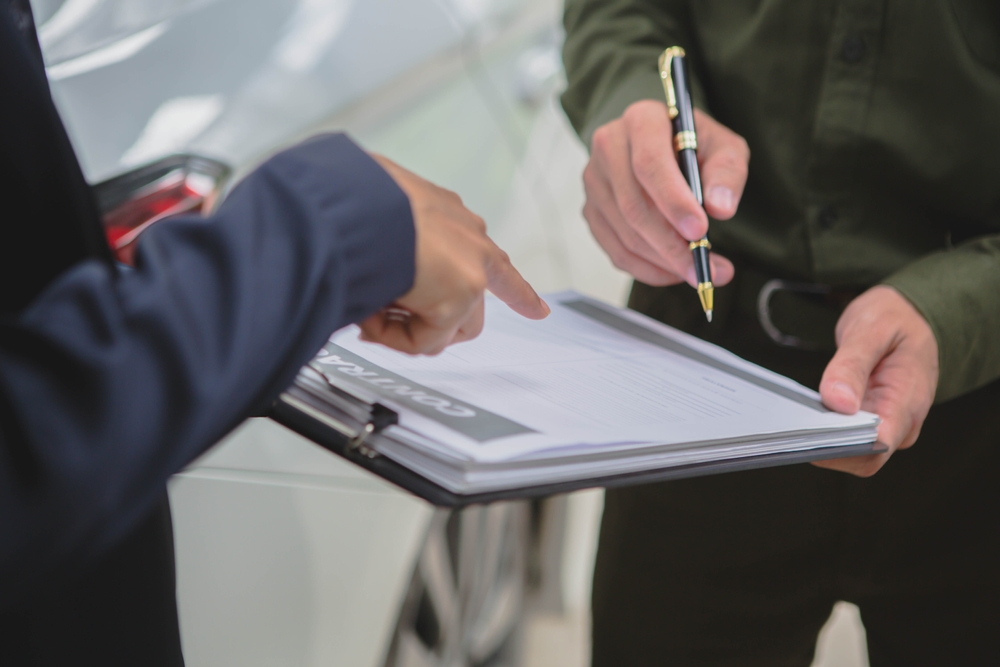
So, when does a sideswipe accident warrant calling a lawyer? You need a lawyer to handle these situations:
- Fault is Disputed: The other driver or their insurance company is blaming you, partially or entirely, for the accident.
- There Are Injuries: You or your passengers suffered injuries, especially anything beyond minor bumps and bruises. This includes injuries with delayed symptoms like whiplash or concussion signs.
- Significant Vehicle Damage Occurred: The repairs are expensive, or there might be hidden structural damage.
- The Insurance Company Makes a Low Offer: You feel the settlement offer doesn’t fairly compensate you for your losses (repairs, medical bills, lost income, pain).
- The Insurance Company is Denying Your Claim or Delaying: You’re getting the runaround or an outright refusal to pay.
- The At-Fault Driver Was Uninsured or Underinsured: You need help navigating a UM/UIM claim with your own insurer.
- The Situation Feels Complex or Confusing: You’re unsure about your rights or how to proceed under Illinois law.
Clear the Path Forward with Walner Law
If you’ve been involved in a sideswipe accident in Illinois, understand your rights personal injury attorney and ensure you’re treated fairly.
Call Walner Law today at (312) 410-8496 for a clear assessment of your situation.


 Skip to content
Skip to content

